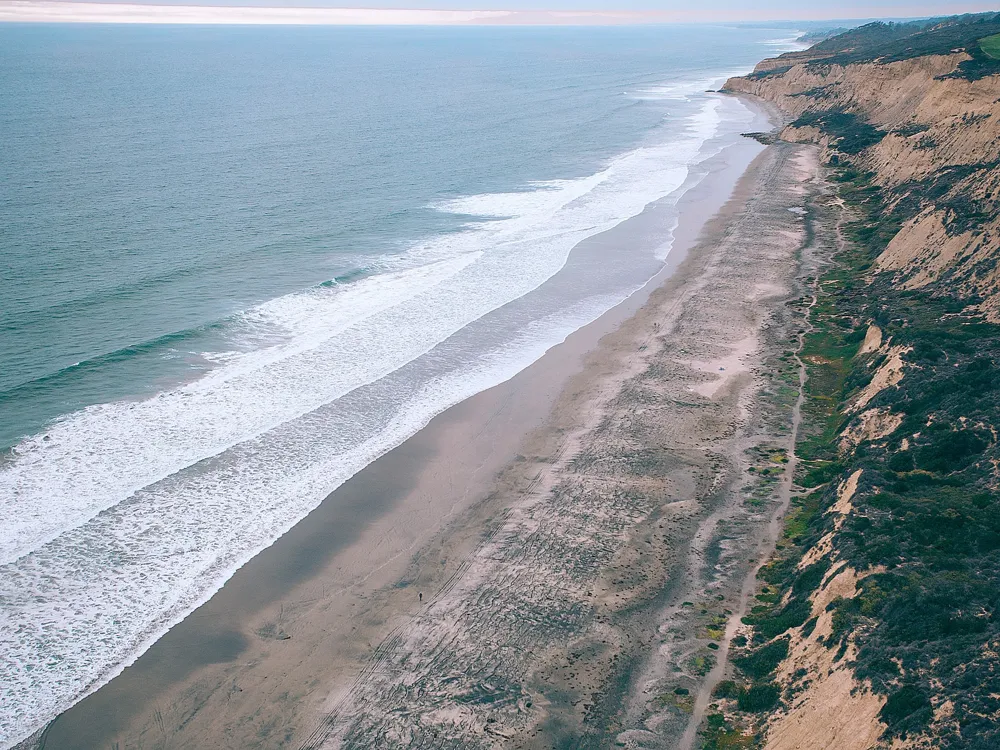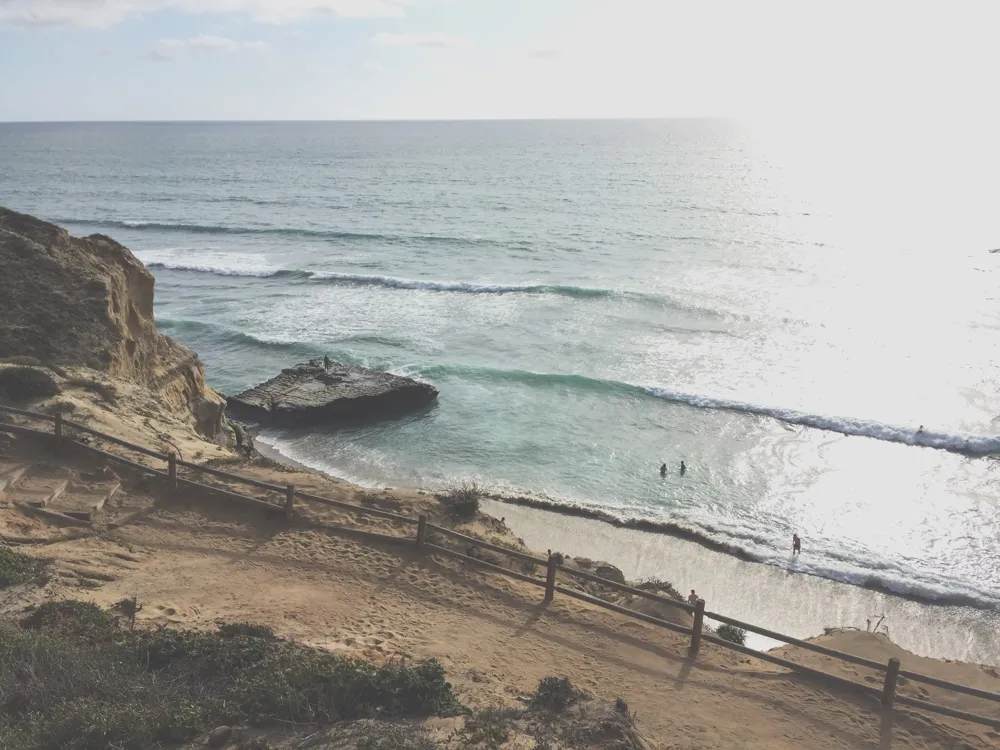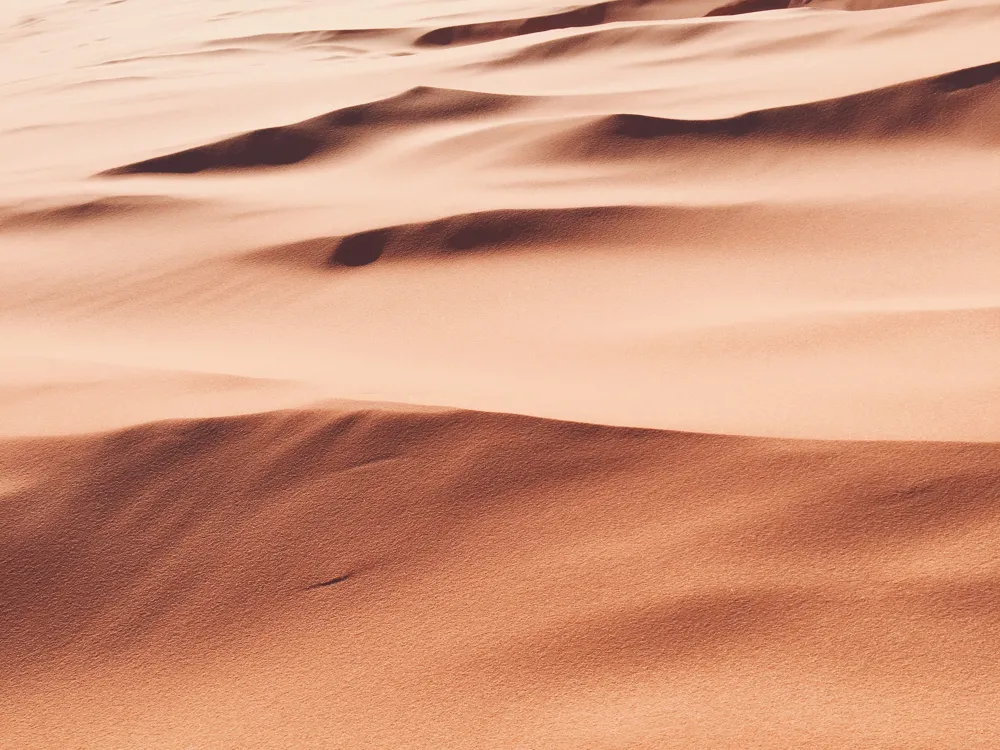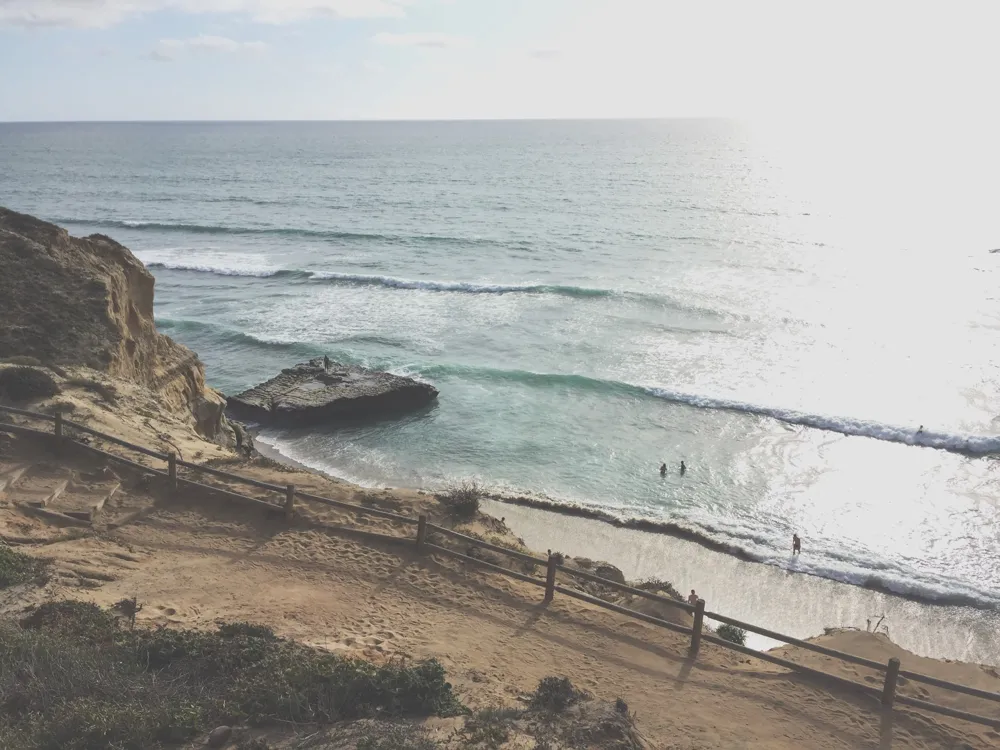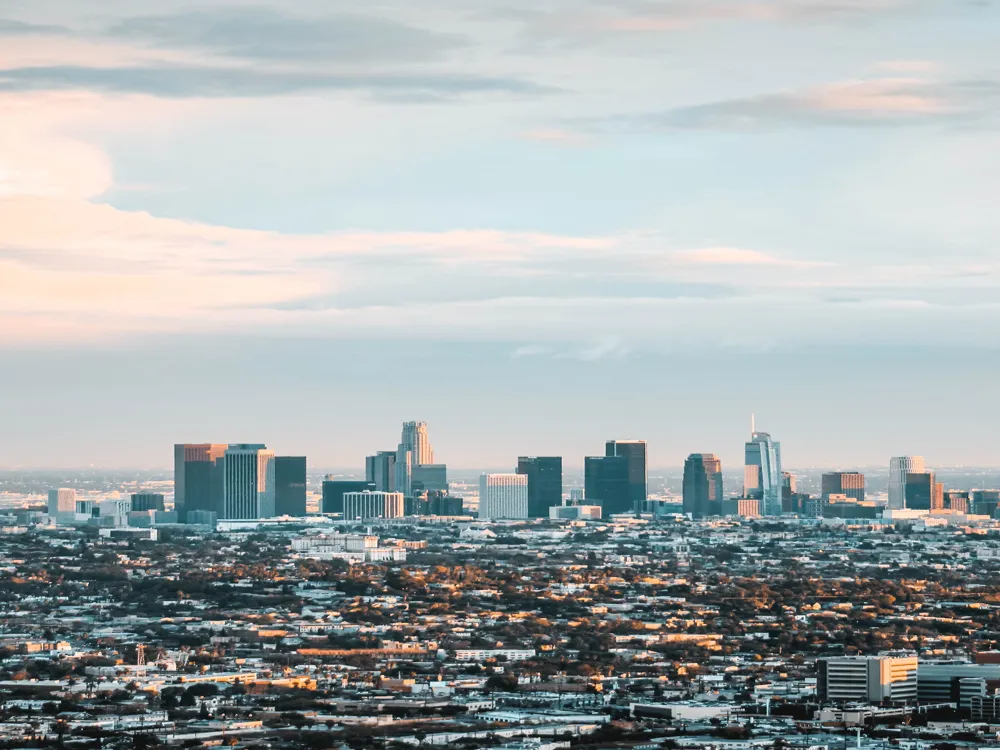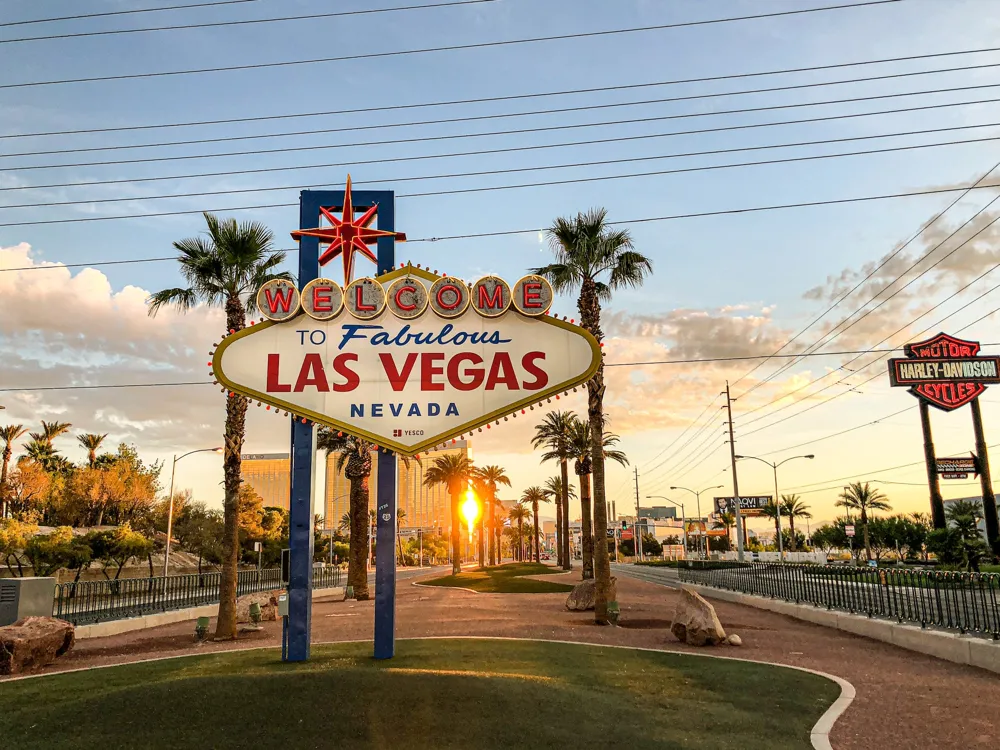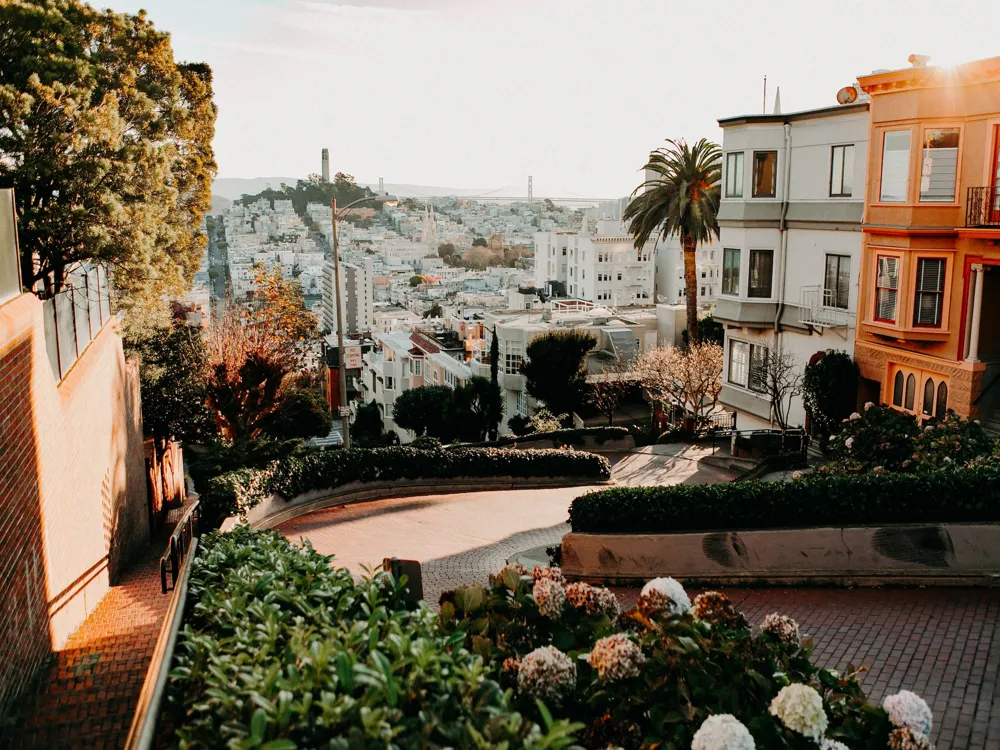The Salton Sea, located in San Diego California's Imperial and Coachella valleys, is the state's largest inland body of water. Created in 1905 due to an engineering mishap, it has since become an accidental oasis in the desert, providing a unique habitat for wildlife and a surreal landscape for visitors. Despite facing ecological challenges, the Salton Sea remains a site of historical significance and natural beauty. The Salton Sea area is known for its unique and somewhat eclectic mix of structures. From the remnants of the ambitious resort developments of the mid-20th century to the inventive artwork of Salvation Mountain, the architecture around the Salton Sea tells a story of ambition, art, and resilience against the harsh desert environment. Be sure to check the weather before you go, carry plenty of water, and wear appropriate sun protection. The area can be extremely hot, especially in the summer months. The Salton Sea is home to many species of birds and fish. Please respect the natural habitat and follow all guidelines regarding wildlife and plant life. While exploring, stick to established paths and roads. Many areas around the Salton Sea are fragile and require careful consideration to preserve their natural state. The Salton Sea is accessible by car from major nearby cities such as San Diego and Palm Springs. From San Diego, it's typically a 2 to 3-hour drive via the I-8 E and CA-86 N, depending on traffic and exact starting location. Public transportation options are limited, so driving is the most convenient way to visit the Salton Sea. Read More:Overview of the Salton Sea, San Diego, California
Architecture of Salton Sea
Tips When Visiting Salton Sea
Plan Your Visit
Respect the Environment
Explore Responsibly
How to Reach Salton Sea
Salton Sea
San Diego
California
NaN onwards
View san-diego Packages
Weather :
Tags : Beach
Area : 889 sq km
Built in : 1905
Tourism : Year Round
Top sights :
- Salton Sea State Recreation Area
- International Banana Museum
- Painted Canyon road
- Bombay Beach Ruins
- Red Earth Casino
Best Resorts :
- Ray and Carol’s Motel by the Sea
- Oasis Palms RV Resort
- Sea and Sun Lodges-Motel
Prices :
- Accommodation: 258 USD - 300 USD
- Fishing, camping, visitor center, picnic: 7 USD
- Boat Launch: 5 USD
- Bus fees: 50 USD (10-24 persons)
Amenities :
- Hotels and resorts
- Restaurants and bars
- Fishing
- Camping
Airport : Salton Sea Airport
Location : San Andreas Fault, California
Planning a Trip? Ask Your Question
San-diego Travel Packages
View All Packages For San-diego
Top Hotel Collections for San-diego

Private Pool

Luxury Hotels

5-Star Hotels

Pet Friendly
Top Hotels Near San-diego
Other Top Ranking Places In San-diego
View All Places To Visit In san-diego
View san-diego Packages
Weather :
Tags : Beach
Area : 889 sq km
Built in : 1905
Tourism : Year Round
Top sights :
- Salton Sea State Recreation Area
- International Banana Museum
- Painted Canyon road
- Bombay Beach Ruins
- Red Earth Casino
Best Resorts :
- Ray and Carol’s Motel by the Sea
- Oasis Palms RV Resort
- Sea and Sun Lodges-Motel
Prices :
- Accommodation: 258 USD - 300 USD
- Fishing, camping, visitor center, picnic: 7 USD
- Boat Launch: 5 USD
- Bus fees: 50 USD (10-24 persons)
Amenities :
- Hotels and resorts
- Restaurants and bars
- Fishing
- Camping
Airport : Salton Sea Airport
Location : San Andreas Fault, California
Planning a Trip? Ask Your Question
San-diego Travel Packages
View All Packages For San-diego
Top Hotel Collections for San-diego

Private Pool

Luxury Hotels

5-Star Hotels

Pet Friendly







